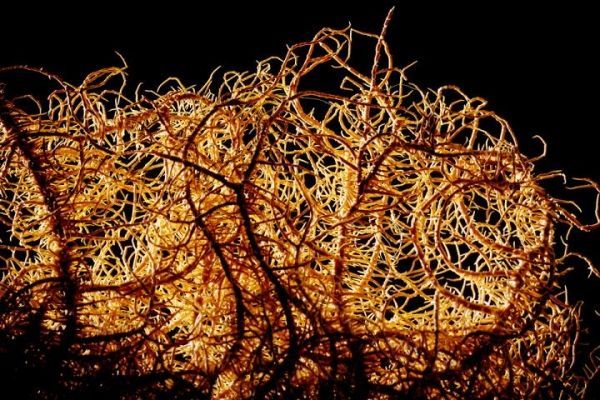When a wildfire obliterates a forest, the first life to rise from the ashes is usually a fungus – one of several species that cannot complete its life cycle in the absence of fire. Scientists have long argued about where and how such pyrophilous (fire-loving) fungi survive, sometimes for decades, between fires. A new study finds that some of these fungi hide out in the tissues of mosses and lichens.
The findings appear in the journal Fungal Ecology.
“We have this specific group of fungi that we see after a fire; they never occur before a fire,” said study co-author Andrew Miller, a mycologist with the Illinois Natural History Survey at the University of Illinois. “You’re only going to see the fruiting bodies – what most people recognize as a mushroom – after a fire.”
Scientists have come up with several hypotheses to explain where pyrophilous fungi live when they’re not reproductively active, Miller said. Some think the spores drift into a newly burned zone from elsewhere, but how those spores could develop in the absence of fire isn’t clear, he said. Some suggest the fungus is present in the soil, either as a spore or a storage organ that somehow lasts for decades between fires and isn’t consumed by fire.
Read more at: University of Illinois
The researchers found pyrophilous fungal DNA inside the lichen of the genus Usnea. (Photo Credit: Photo by L. Brian Stauffer)


